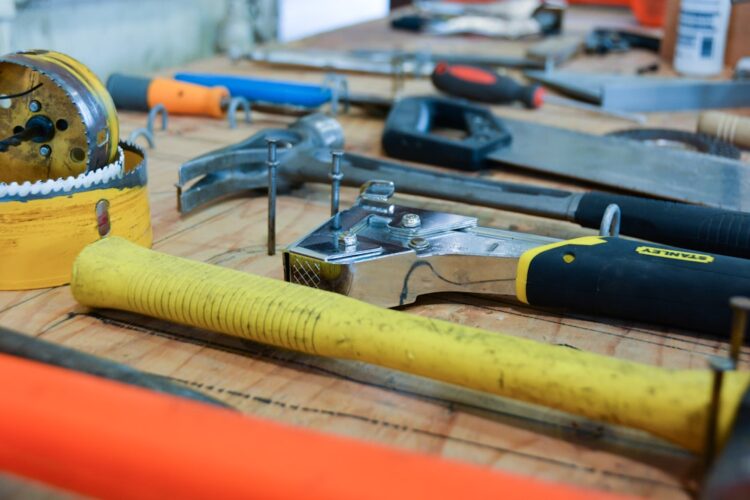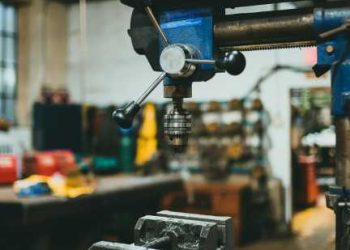Additive manufacturing, also known as 3D printing, is a revolutionary technology that has been gaining popularity in various industries in recent years. This innovative process involves building objects layer by layer from digital designs, offering a multitude of advantages over traditional manufacturing methods. As the technology continues to evolve and improve, the future of additive manufacturing in the industry looks brighter than ever before.
One of the key advantages of additive manufacturing is its ability to create complex and intricate designs that would be impossible to produce using traditional methods. This capability opens up new possibilities for design and engineering, allowing companies to create products that are not only more aesthetically pleasing but also more functional and efficient. From customized medical implants to lightweight aerospace components, additive manufacturing is revolutionizing the way products are designed and produced.
In addition to its design flexibility, additive manufacturing offers significant cost-saving benefits for companies. By eliminating the need for molds, tooling, and other expensive equipment, additive manufacturing can reduce production costs and lead times significantly. This makes it an attractive option for small-to-medium-sized businesses looking to compete with larger companies in the industry. With the ability to produce small batches of products economically, additive manufacturing is becoming an essential tool for companies looking to stay competitive in today’s fast-paced market.
Furthermore, additive manufacturing is paving the way for sustainable manufacturing practices. Traditional manufacturing methods often produce a significant amount of waste, as materials are cut away or melted down to create a finished product. In contrast, additive manufacturing only uses the materials necessary to build the object, minimizing waste and reducing the environmental impact of production. As companies look for ways to reduce their carbon footprint and operate more sustainably, additive manufacturing is emerging as a key solution for achieving these goals.
The future of additive manufacturing in the industry is bright, with advances in technology continuing to push the boundaries of what is possible. One area that is seeing significant growth is the use of new materials in additive manufacturing. While traditional 3D printers were limited to plastics and metals, new developments in the field have expanded the range of materials that can be used, including ceramics, composites, and even biological materials. This opens up new possibilities for applications in industries such as healthcare, construction, and electronics, where specialized materials are required.
Another exciting development in additive manufacturing is the use of multiple materials in a single build. This multi-material printing allows for the creation of objects with different properties and functionalities in different areas, opening up new possibilities for customization and innovation. For example, products with soft and hard components can be printed in a single process, reducing the need for assembly and improving the overall performance of the final product.
As additive manufacturing continues to evolve, so too does the software that drives it. Advances in design software and simulation tools are enabling designers to create more complex and optimized designs, leading to products that are lighter, stronger, and more efficient. Simulation software can also be used to predict how a design will perform in the real world, allowing designers to make adjustments before the product is actually built. This virtual prototyping capability can save companies time and money, as they can identify and correct issues early in the design process.
As the technology behind additive manufacturing continues to improve, so too does its adoption in the industry. While initially used primarily for prototyping and small-scale production, additive manufacturing is now being used for full-scale manufacturing in a wide range of industries, from automotive and aerospace to consumer goods and healthcare. Companies that embrace additive manufacturing are finding new ways to innovate and compete in their markets, driving growth and profitability in the process.
In conclusion, the future of additive manufacturing in the industry is bright, with the technology offering numerous benefits for companies looking to stay competitive in today’s fast-paced market. From design flexibility and cost savings to sustainability and innovation, additive manufacturing is revolutionizing the way products are designed and produced. As the technology continues to evolve and improve, we can expect to see even more advancements in materials, software, and applications, further expanding the possibilities of additive manufacturing in the industry. Companies that embrace this technology stand to gain a significant competitive advantage in the years to come.












